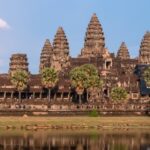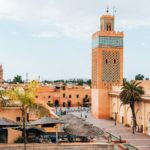Great Wall of China (Mutianyu section)
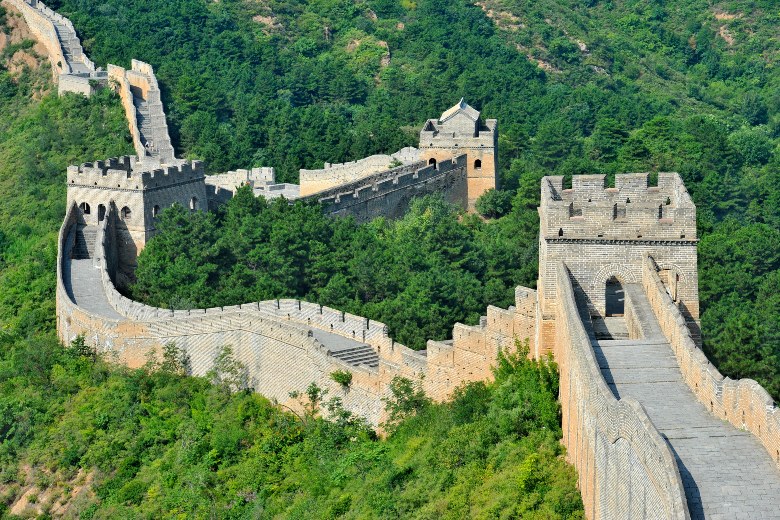
Beijing’s Great Wall is one of the most well-known and iconic landmarks in the world, let alone in Beijing, as it is a testament to Imperial China’s ingenuity and colossal architectural prowess.
Since it’s so huge, it’s best to see it in tiny sections, each of which offers a unique perspective. If you don’t have the time, it’s best to hike and camp on it for a few days. A scenic cable car can take you to the summit or you can hike up the mountain it perches on.
Ming Tombs
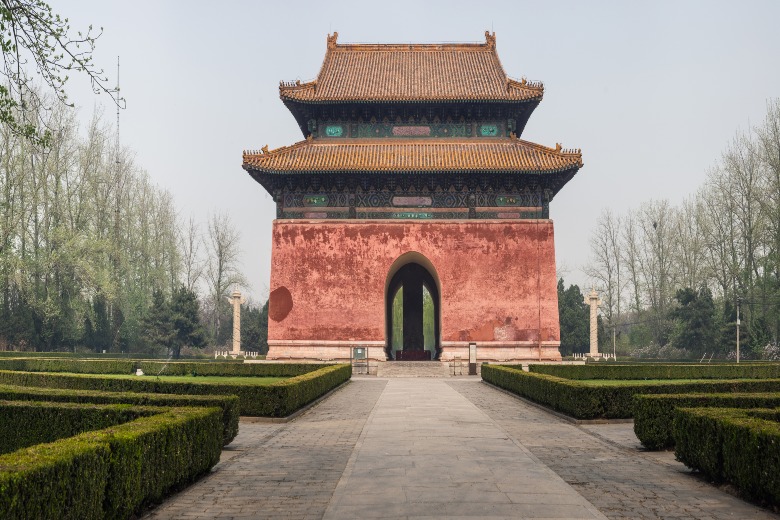
Within an hour of bustling Beijing, you’ll find the almost impossibly peaceful Ming Tombs, situated amid lush woodlands and serving as the final resting place for the Ming Emperors between the 14th and 15th centuries. In addition to gorgeous willow-tree forests, the grounds themselves feature monuments depicting different tombs guarded by people and animals.
There are several notable attractions to this 40-square-kilometre stretch of forest, including the Path of Souls that leads to the Avenue of Stone Statues – a stroll punctuated by marble gates and structures far from the bustle and noise of the city.
Tanzhe Temple
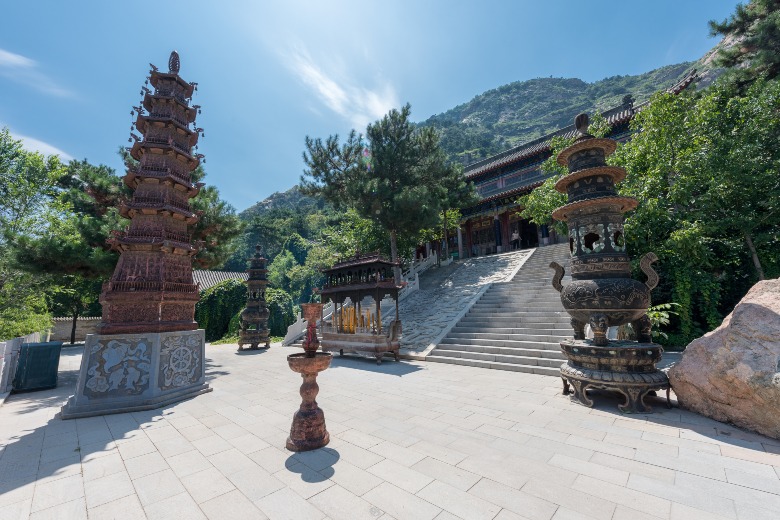
As you ascend the mountains to the west of Beijing, you will find one of the country’s oldest temples, which is less than an hour’s drive away. The Tanzhe Temple is the first Buddhist temple in Beijing. It is a beautiful complex of pavilions, courtyards, and sections, all situated in the Western Hills of Beijing.
Its two ancient ginkgo trees on the east and west sides are aptly named the Emperor and Empress trees because they are over 1000 years old and perhaps one of the most captivating and famous features.
Caves of Zhoukoudian
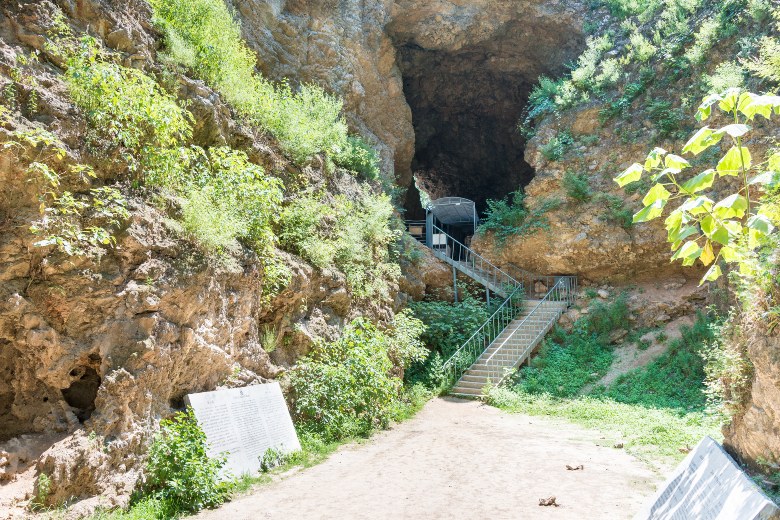
Some of the most ground-breaking archaeological discoveries in history have been made in the caves of Zhoukoudian, a prehistoric village in China. The Caves of Zhoukoudian are a fascinating day trip from Beijing less than an hour away, where you can view some of the finest examples of early human fossils.
If you’re interested in ancient ancestors and other rare fossils, this is the perfect trip.
Summer Palace
One of the world’s largest and most beautiful imperial complexes, the vast and jaw-droppingly gorgeous Summer Palace dates back to the 12th century and has been further developed and enhanced numerous times.
Admire the lofty audience chambers and opulent throne rooms in the Hall of Wellbeing and Longevity on the eastern shore of the huge lake. In the Hall of Happiness and Longevity, you will find a collection of tropical plants and a jungle-like courtyard.
Marco Polo Bridge
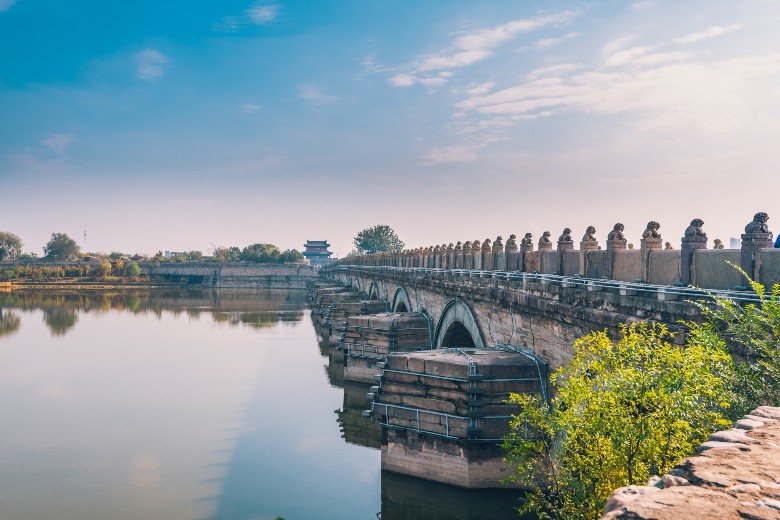
Marco Polo Bridge is an ornately designed and impressively old-day eastern Qing Tombs trip location just a stone’s throw from Beijing. It was built in 1192 and has endured huge floods from the Yongding River, as well as countless wars through the centuries, demonstrating the architect’s skill in building it.
There are over 280 columns lining the sides of the bridge with ornate lion sculptures on top, giving the bridge sweeping views of the river below. The bridge is famous for its 280 columns and its sweeping views of the river below.
Eastern Qing Tombs
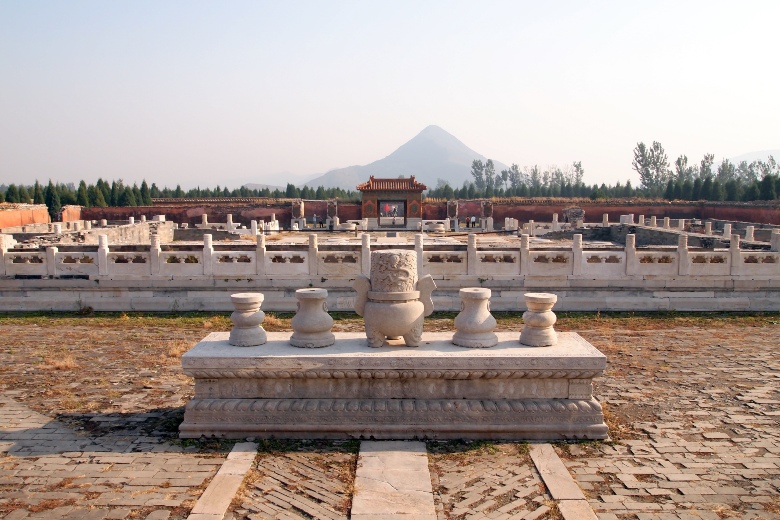
In the city of Zunhua, about two hours south of Beijing, are the tombs of the Qing Emperors, another important burial site in Chinese history. While the Ming Tombs are more intertwined with nature, the Eastern Qing Tombs form a more unusual imperial complex made of marble and stone.
Fragrant Hills Park
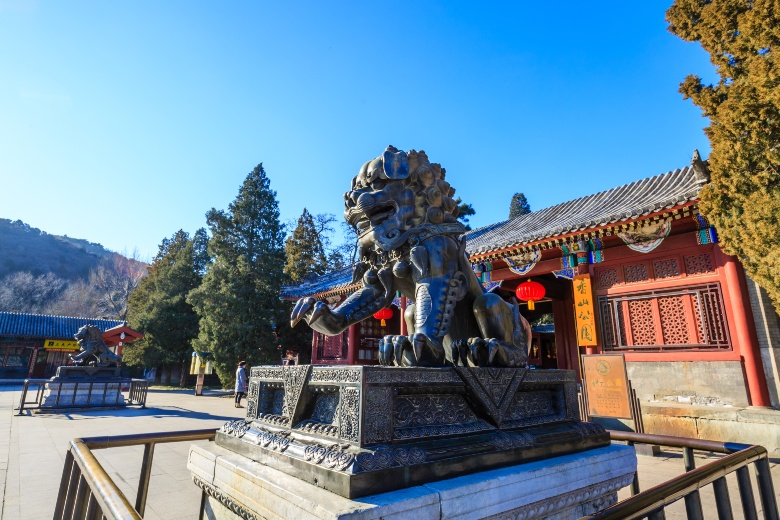
Known as Incense Burner Mountain for its resemblance to traditional Chinese burners, it gets its name from the cloud formations that encircle the summit of the Western Mountains that look like smoke from afar. The beautiful natural reserve was used as an imperial hunting ground, and it is a kaleidoscope of deep reds and golds in the autumn when the leaves transform the canopy.
The park is home to some quaint temples, like the Tibetan-style Temple of Light. Head down to Spectacle Lake for a closer look at nature. It is also possible to climb Gujianchou, which leads to a peak with breathtaking views for nature lovers and hikers.
Gouya Natural Scenic Area
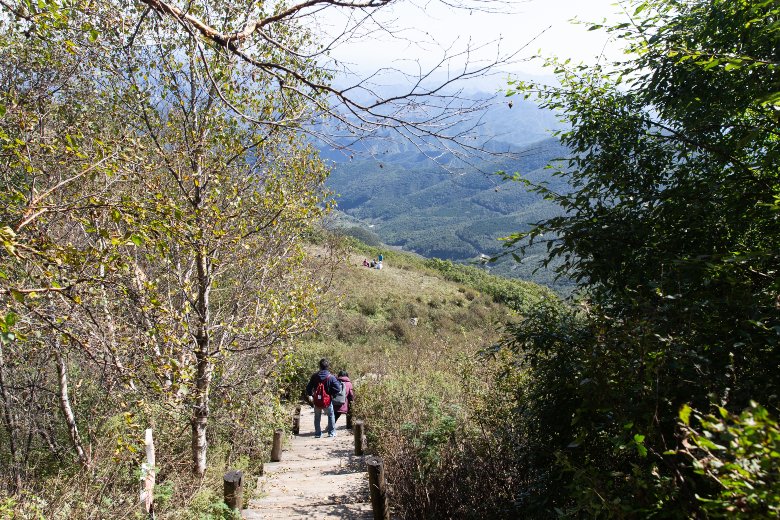
The Gouya Natural Scenic Area is one of the most worthwhile day trips for outdoor enthusiasts who want to get away from Beijing’s urban landscapes and get closer to some of the incredible natural reserves around the capital.
Ziji Peak is a prominent peak here, which is the highest and most popular of the three Gouya Rocks. You will find yourself lost amongst babbling mountain springs, awe-inspiring gorges, and beautiful hiking trails leading to ancient temple sites just a short way from the capital.
Miaofeng Mountain
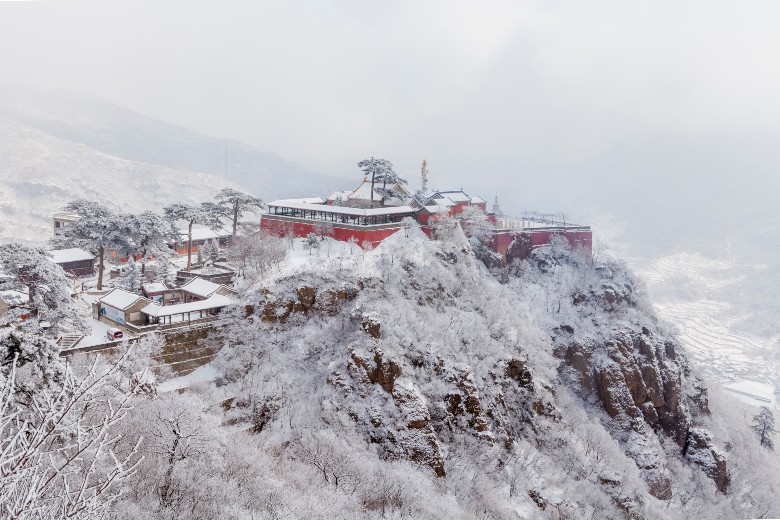
The Miaofengshan pilgrimage path offers the perfect blend of culture and nature for day trippers looking to combine the two. In the Ming Dynasty, a series of paths leading to the beautifully preserved temple was first constructed.
There is nothing more rewarding than hiking up Miaofeng Mountain, which offers incredible views of the surroundings as it is lined on either side with cobblestone walls and rises steeply.
Great Wall of China (Badaling section)
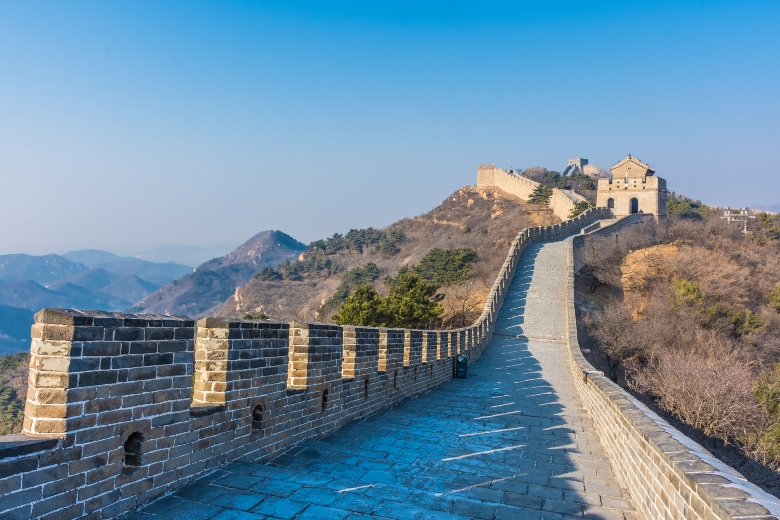
Due to its quality of preservation and its wildly rising and falling sections that follow the surrounding mountains, Badaling is by far and beyond the most famous section of the Great Wall. The main walking route visitors take is a two-hour hike that begins at Badaling Pass or Badaling Bear Park.
Jietai Temple
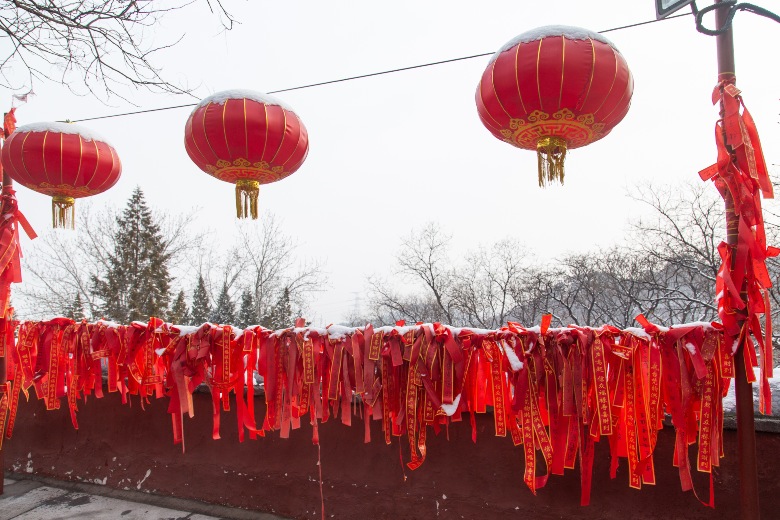
To the west of Beijing, Jietai Temple is nestled among lilacs, pine trees, and flowers and is famous for its age. The temple was built over 1400 years ago in the Tang Dynasty, and it is considered one of the most important Buddhist temples in China because it is the place where monks go to achieve the highest level of status.
Tianjin
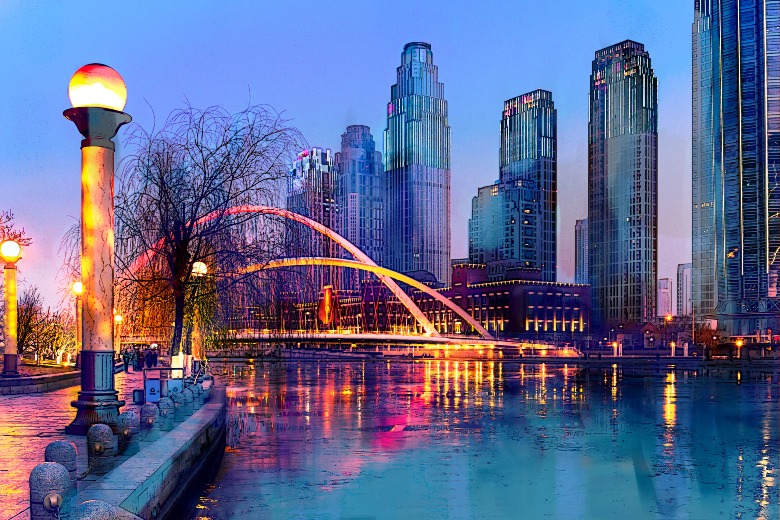
Visit Tianjin if you’d like to explore a city whose size and intensity are not as large as Beijing. It’s a beautiful port town that’s easily accessible for first-time visitors.
Tianjin is a less-travelled area of Chinese culture with beautiful traditional bridges above the waterways and 19th-century British and French architecture worth checking out. Ancient Culture Street has shopping opportunities, while Nanshi Cuisine Street can satisfy your hunger.
Juyongguan
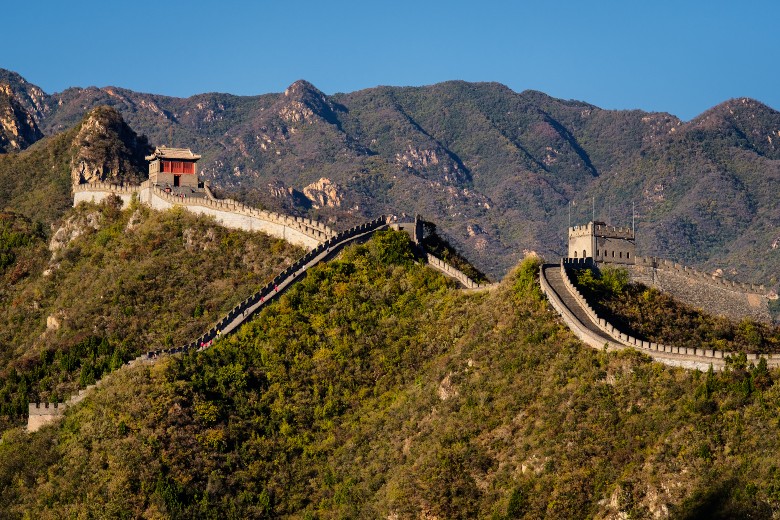
The Juyongguan Pass is one of the most fortified stretches of the Great Wall and it’s also one of the sections that are closest to Beijing, making it possible to visit it in just one day. There are a great number of towers and temples here that are fascinating to explore, with a higher density of buildings than other parts of the wall.
Cycling in Miyun
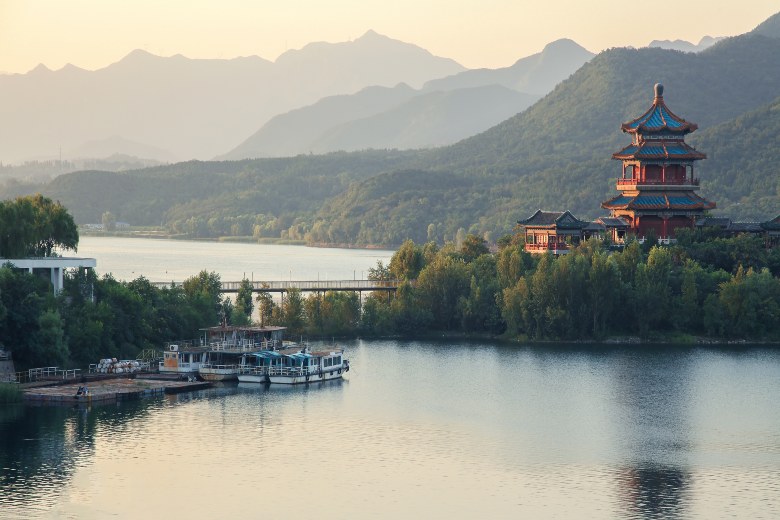
Those who visit Miyun of northeastern Beijing are never able to cease to be amazed by its surprisingly similar gentle rolling Belgian hills instead of the rugged mountainscapes commonly found in the region.
You can even rent a cottage for the evening if you want to extend your day trip! Ride through forests, past farmhouses, and up and down beautiful green hills and pastures.

